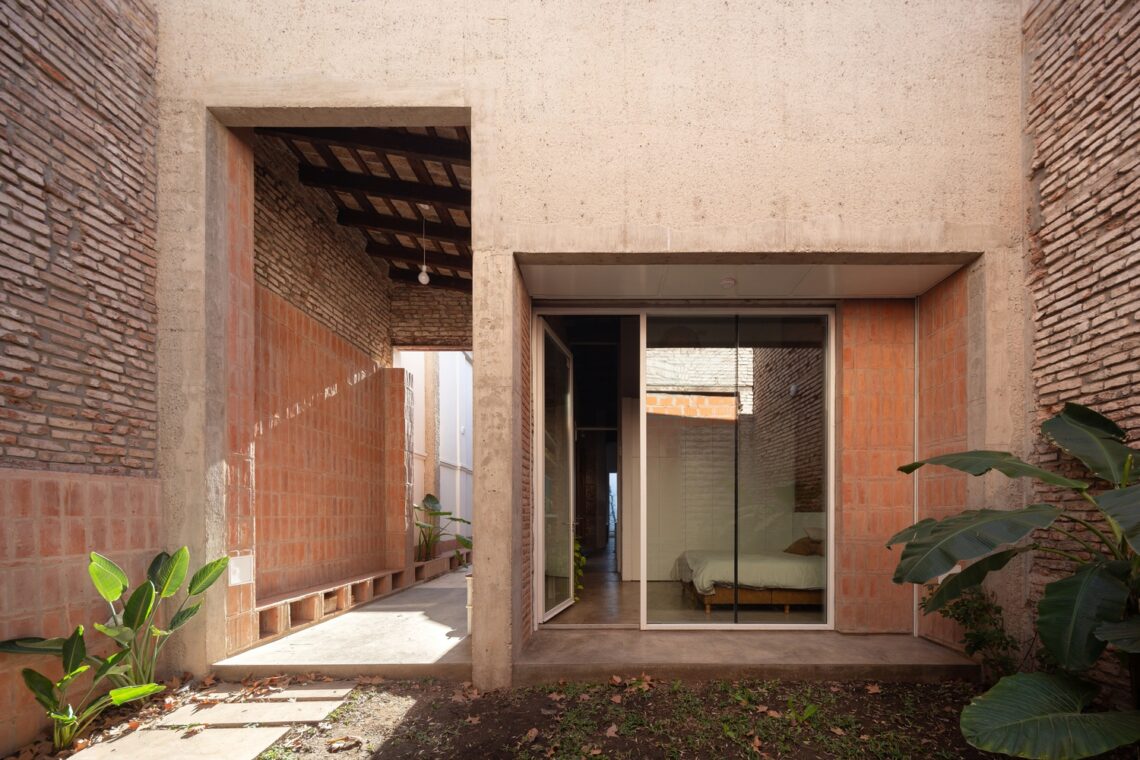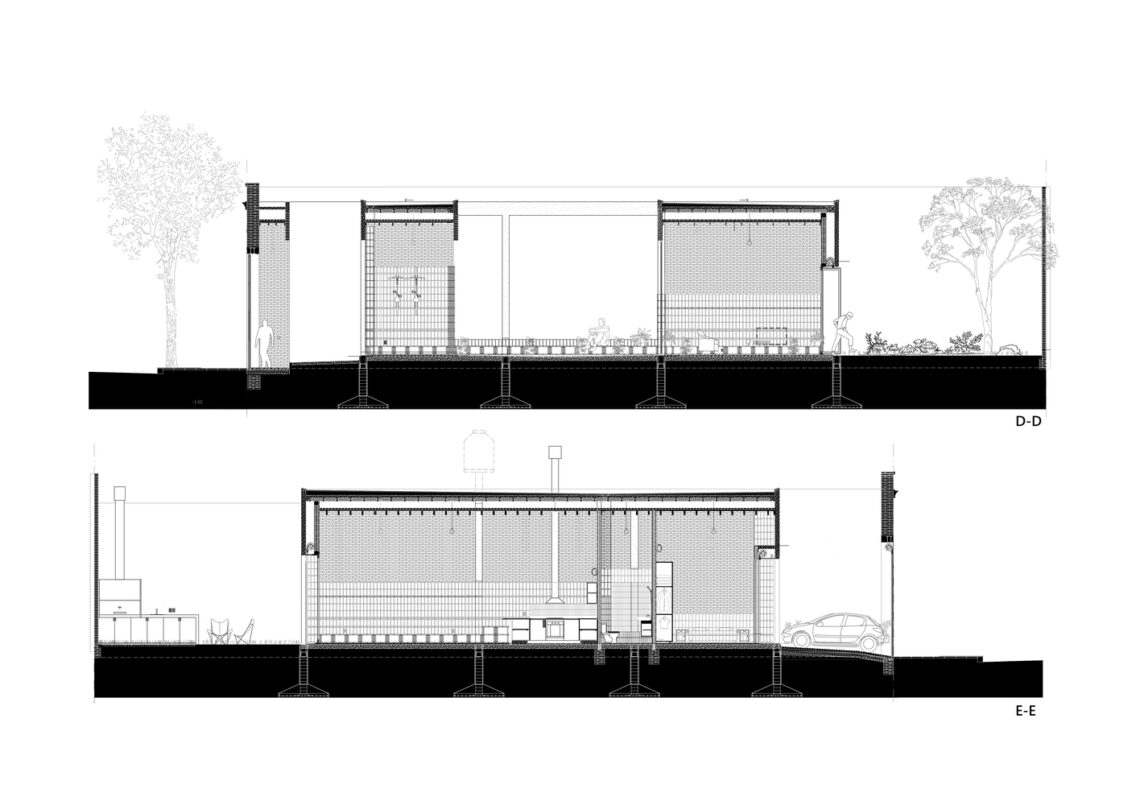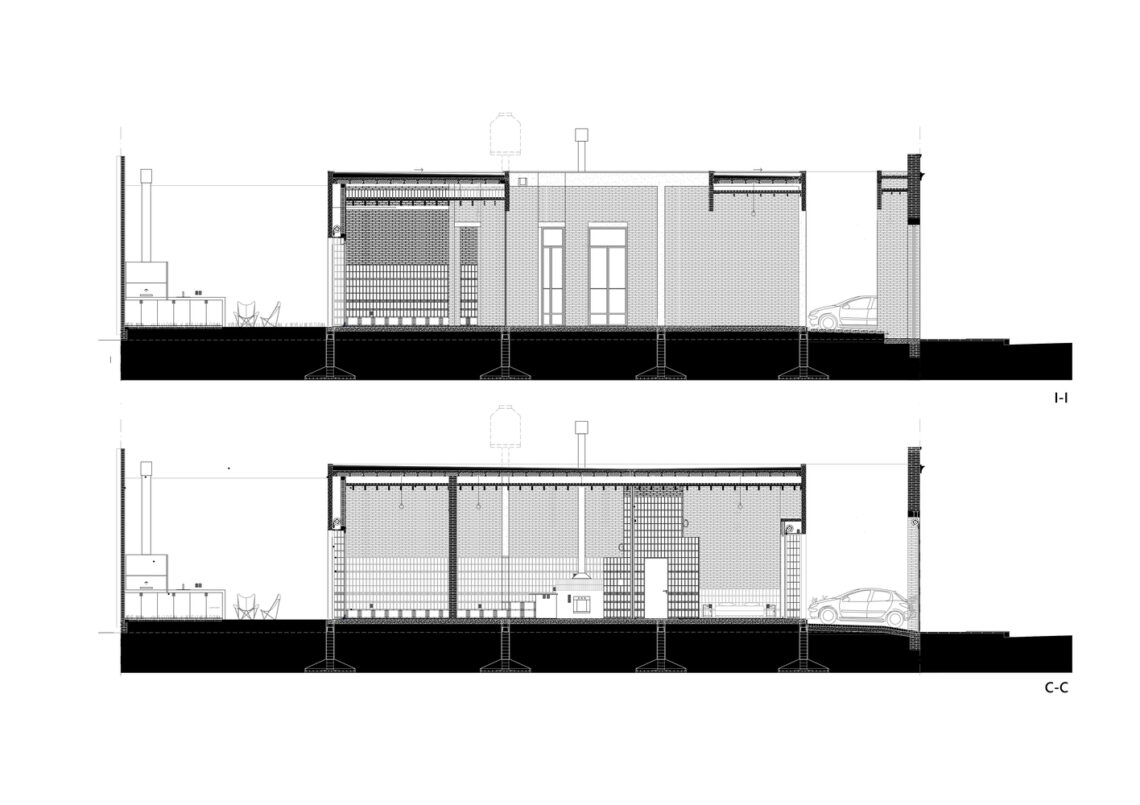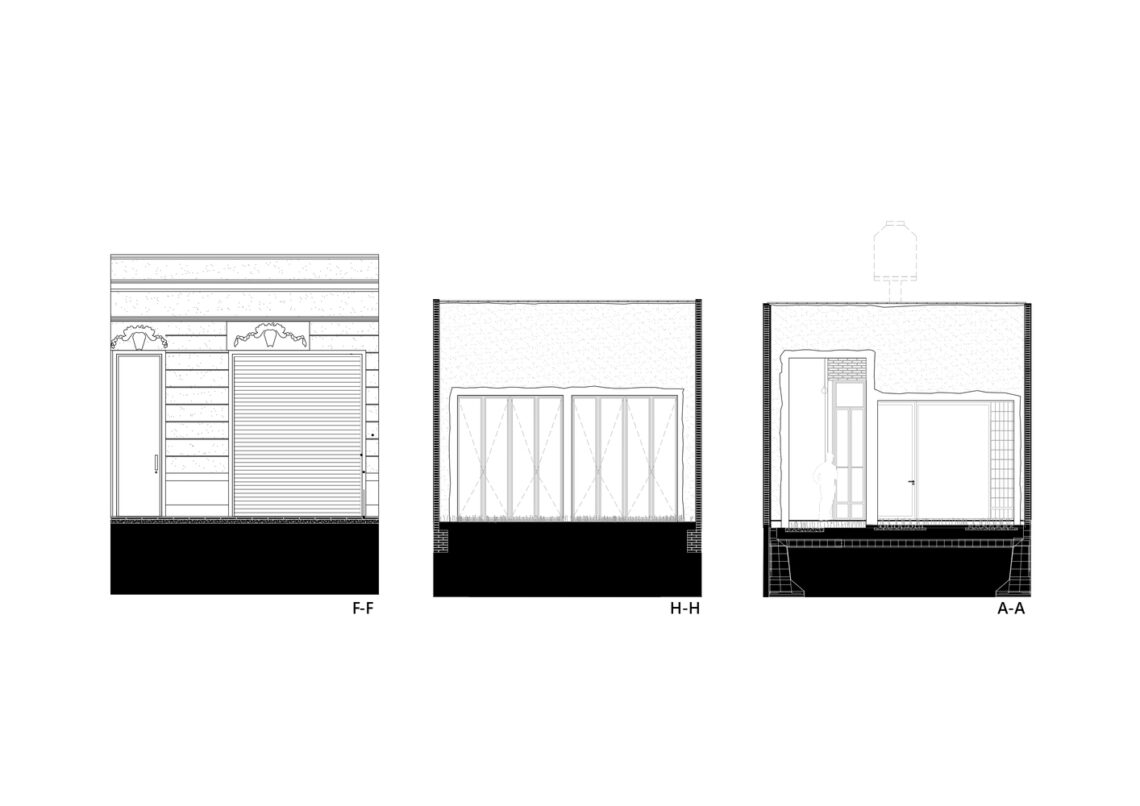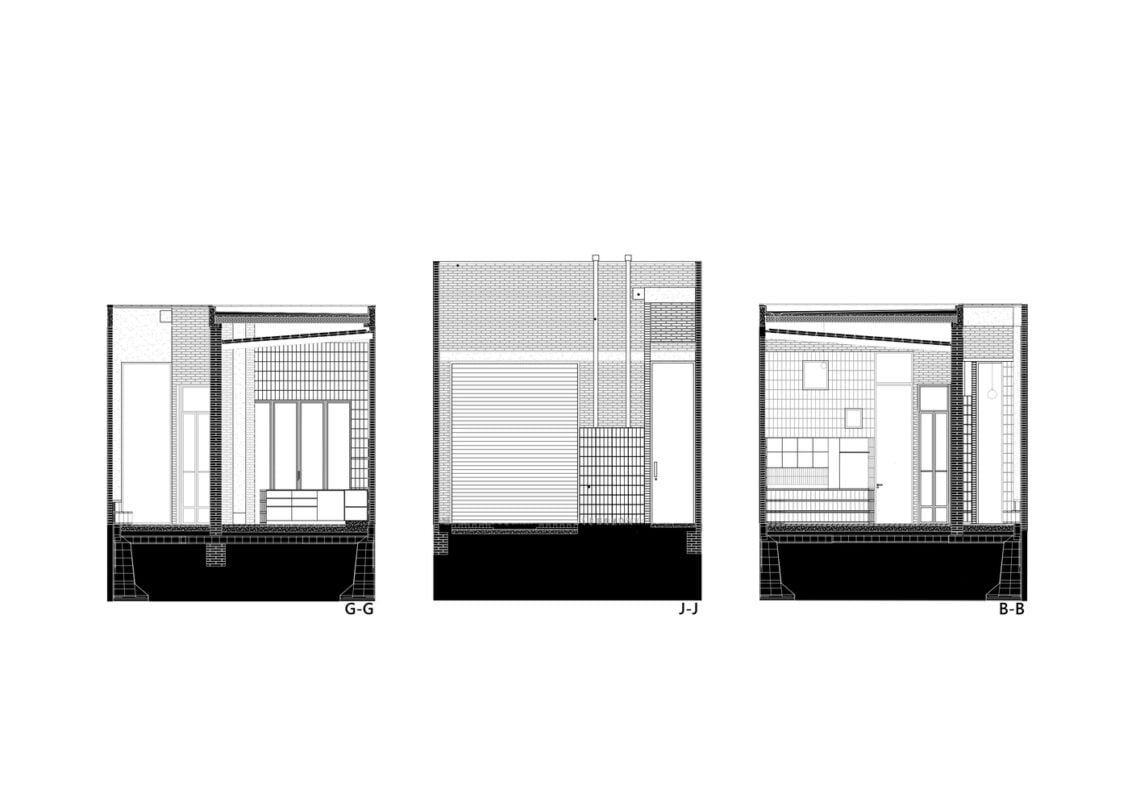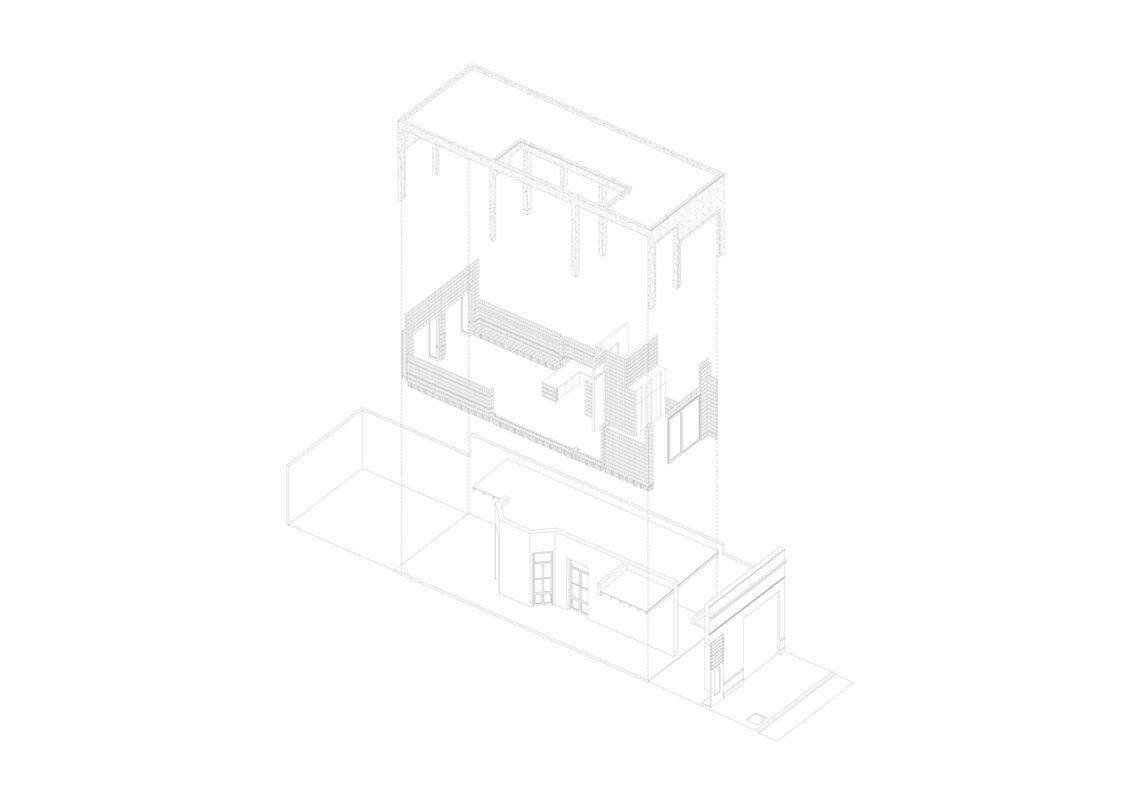Architects: Ignacio Szulman Arquitectos
Area: 180 m²
Year: 2022
Photography: Javier Agustín Rojas
Manufacturers: Matyser, Mosaicos Rossi, Terra Calcareos
Lead Architects: Ignacio Szulman, Valentín Pedroz
Construction Manager: Pedro Correa
Team: Sol Basile, Hernán Robredo, Santiago Vigano, Florencia Morelli
Structural Engineer: Mario Saieg
City: Buenos Aires
Country: Argentina
In 2022 a unique architectural project was undertaken in Buenos Aires, Argentina, led by Ignacio Szulman and his team, including Valentín Pedroz, and Pedro Correa. The project involved transforming a building that had served various functions over the years—most recently as a rehabilitation center—back into a private residence. The design was strategically planned to allow for future expansion while respecting and incorporating the historical elements of the original structure. This introduction highlights the project’s key interventions, such as the creation of courtyards and the integration of new structural components with the original brickwork, setting a respectful yet innovative tone for the renovation.

Originally a private residence, this building experienced several transformations before being acquired by new owners who intended to restore its residential function. The primary requirement was a single-story layout with the potential for adding a second level later on. The initial architectural intervention opened the space significantly by demolishing parts of the building at both the front and the back, resulting in the creation of three courtyards. This phase preserved the oldest parts of the structure, maintaining the visibility of the historic brick walls and ceilings.
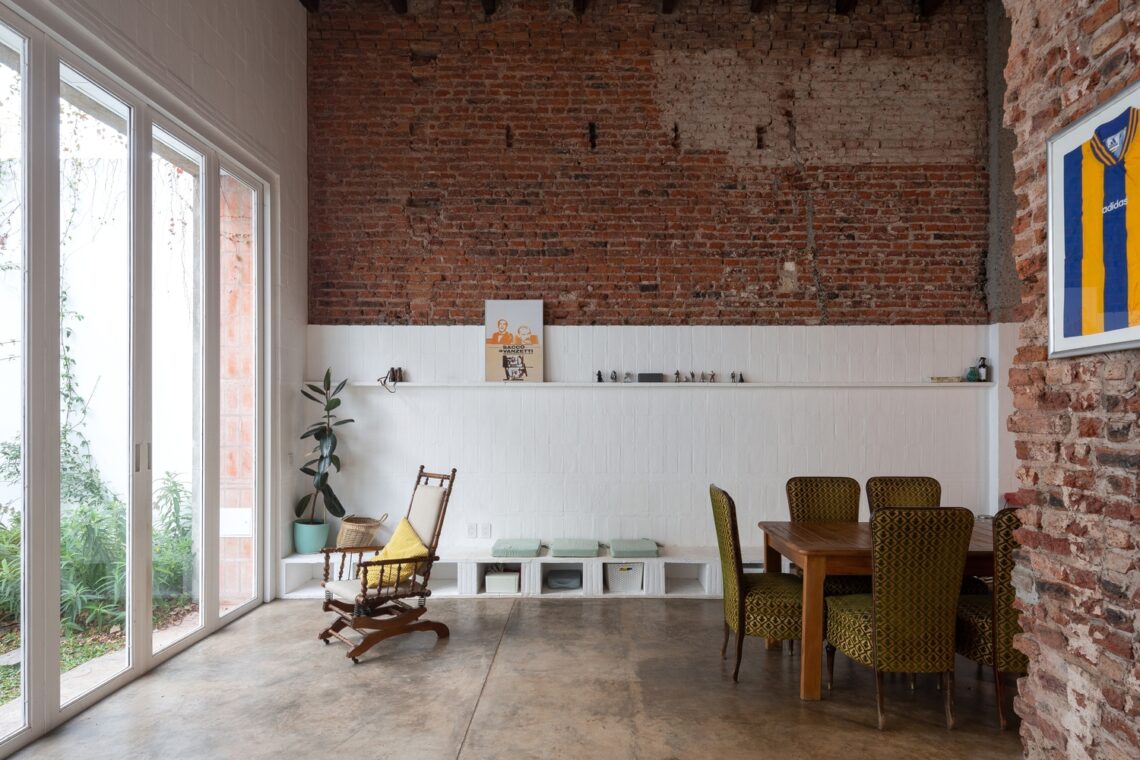
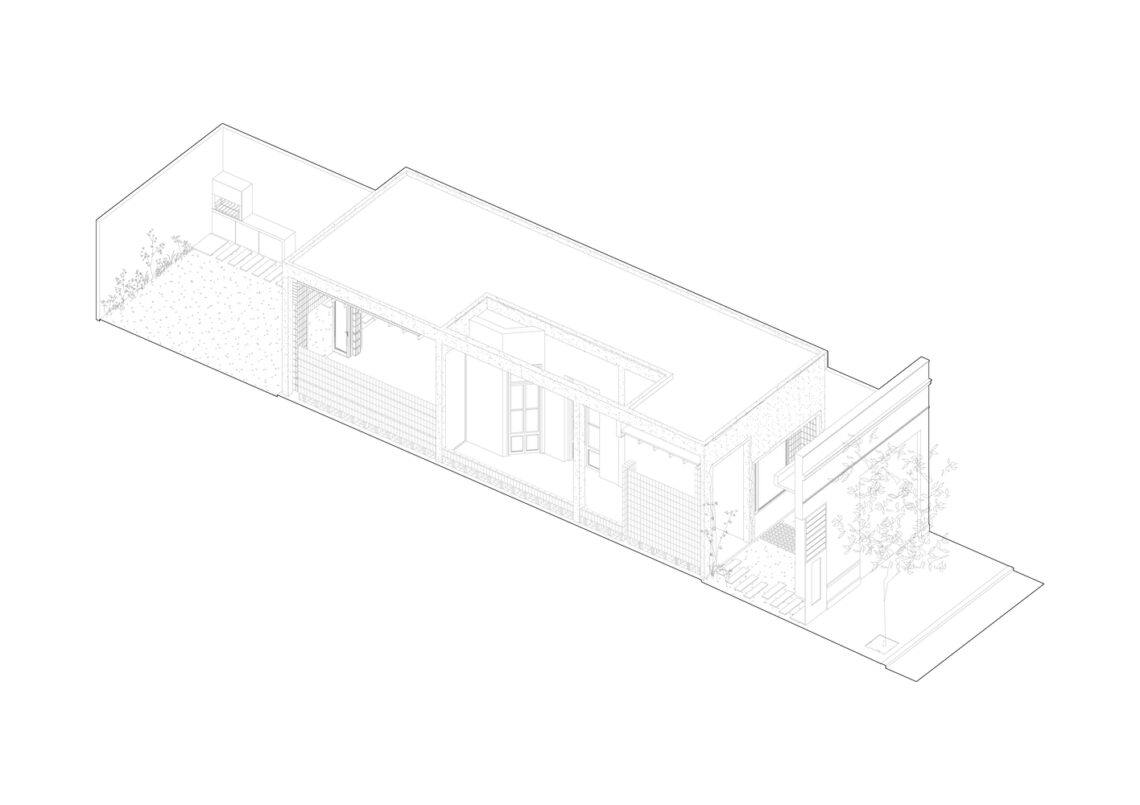

The subsequent phase focused on safeguarding the preserved sections by encasing them within a new shell of reinforced concrete. This addition was not only structural but also aesthetic, as the concrete surfaces were treated to mimic the texture of the old, fragmented bricks, thereby achieving a visual continuity between the old and new elements of the building.
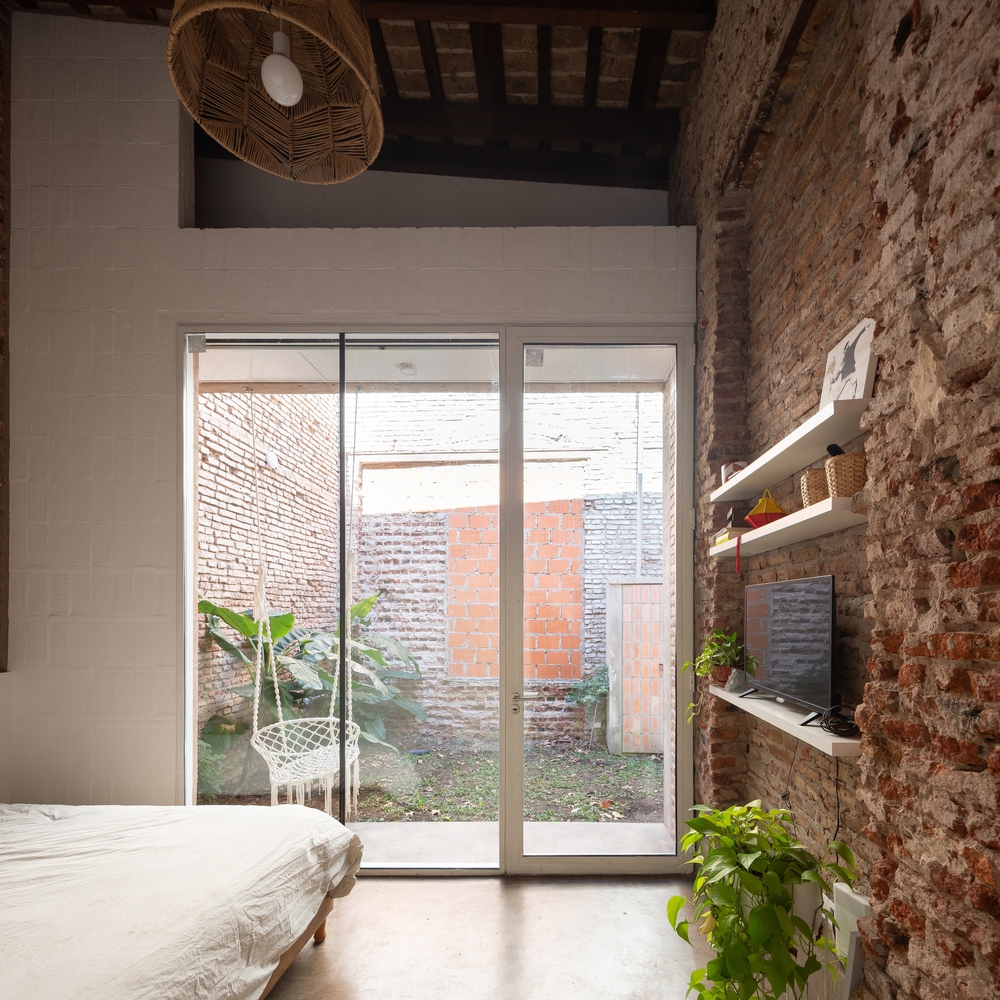

The final enhancement to the house was the strategic placement of a brick tile feature, which helped define the various internal spaces, such as the bathroom, kitchen, and areas with built-in furniture. The brick tiles, selected for their compatibility with the scale and materiality of the existing structure, were treated differently indoors and outdoors; they were painted white inside to foster a striking contrast, while outside, they were left in their natural state to harmonize with the older masonry.



This project exemplifies a thoughtful blend of historical preservation and modern architectural practices, ensuring that the building’s legacy is both celebrated and continued in its new incarnation as a family home.
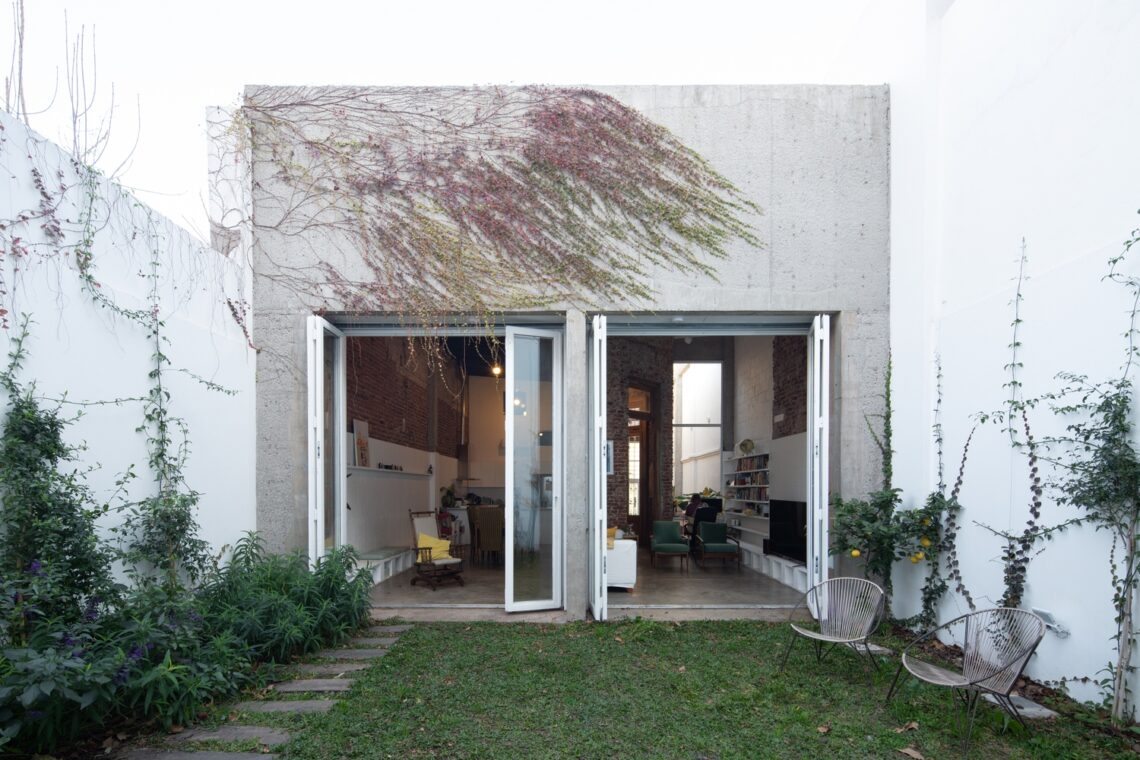
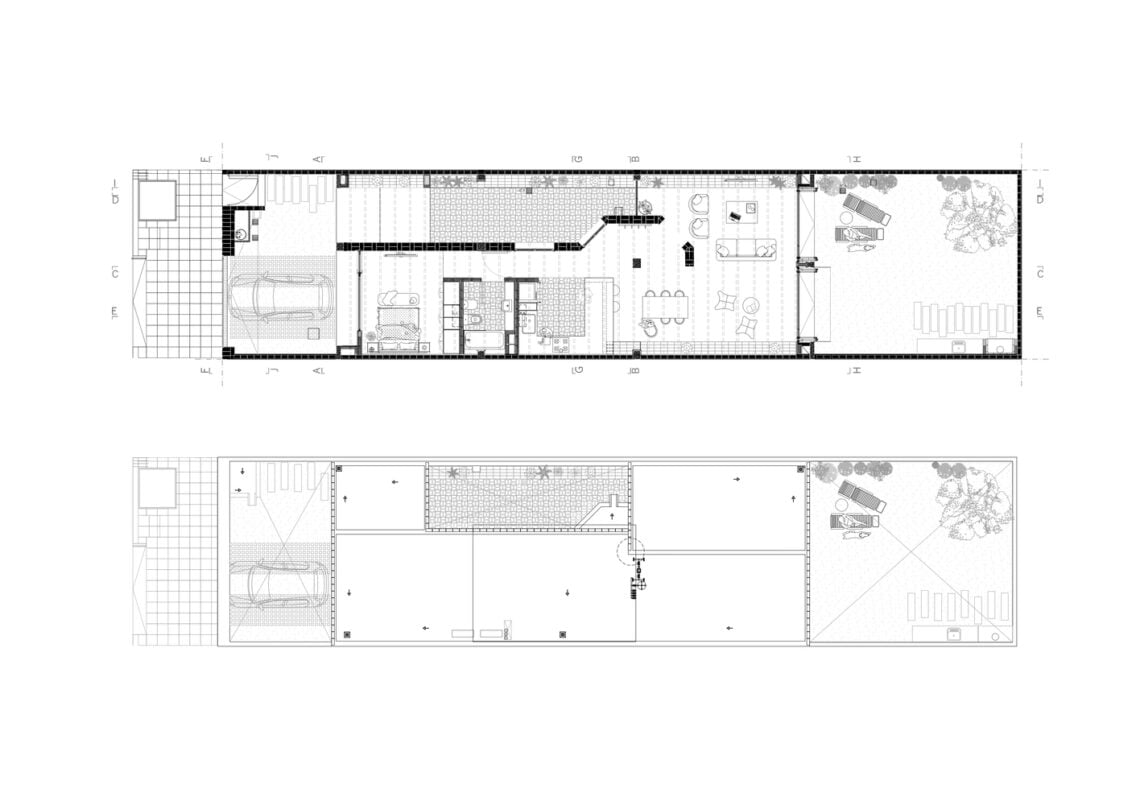
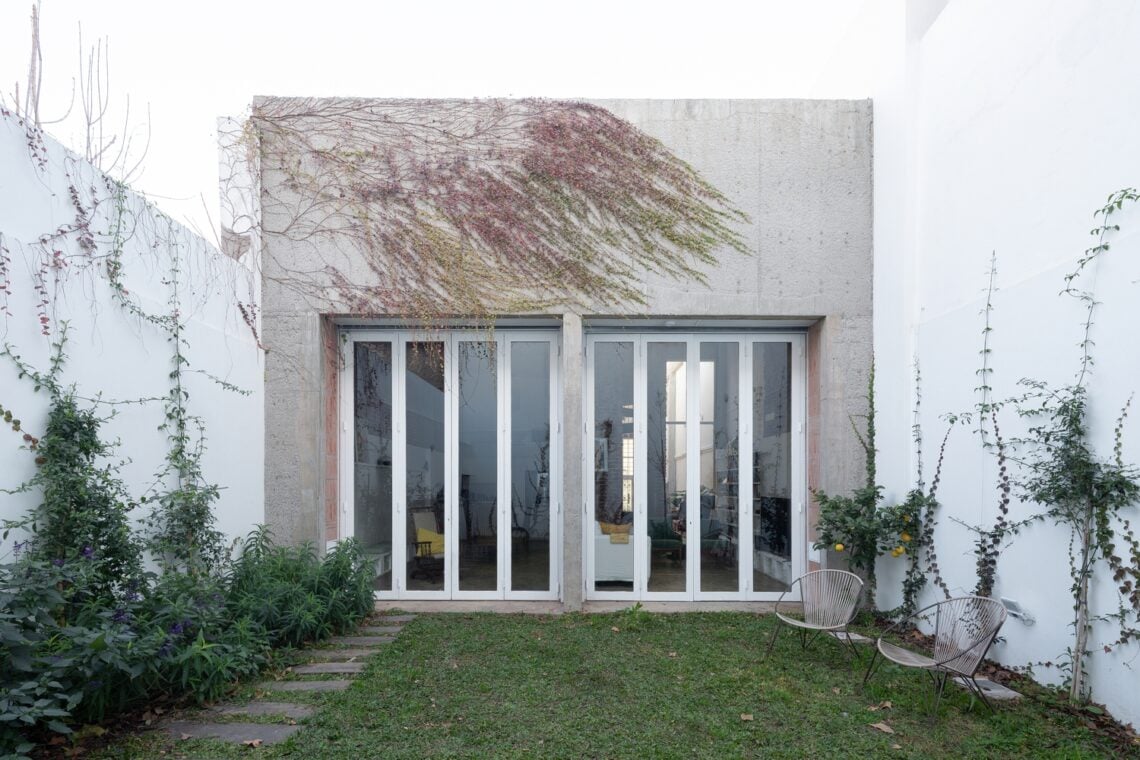
Project Gallery
